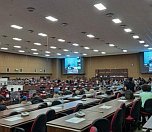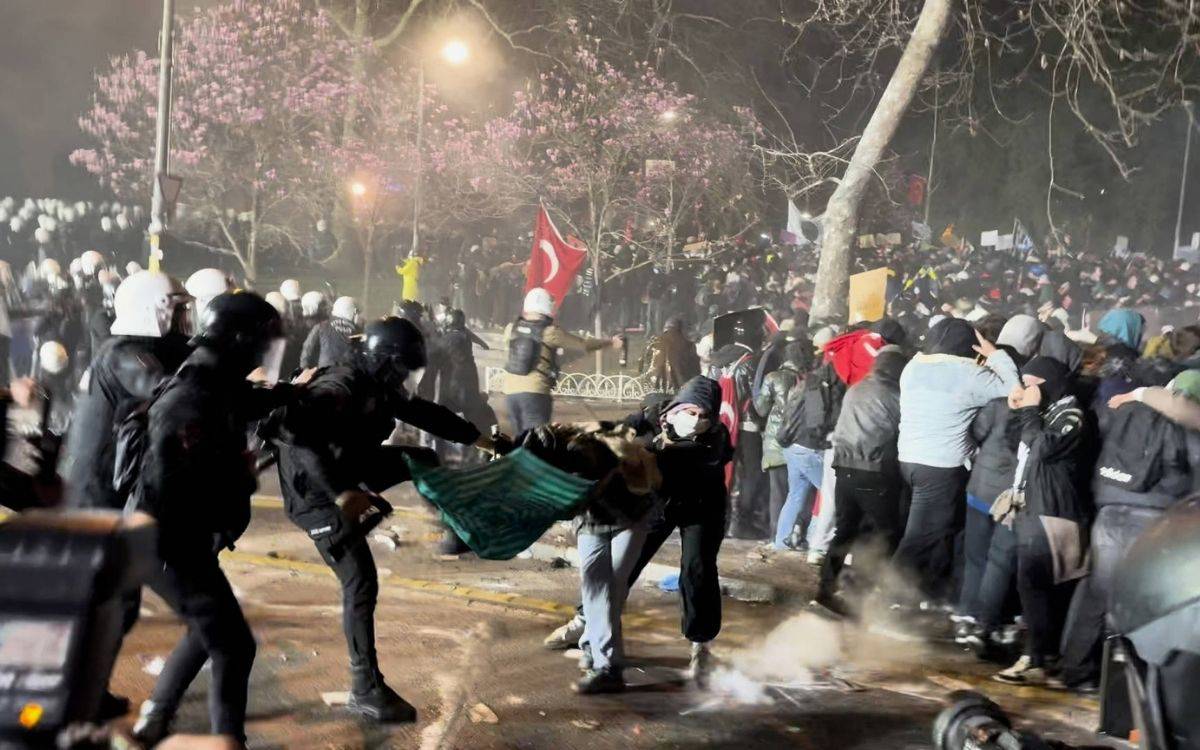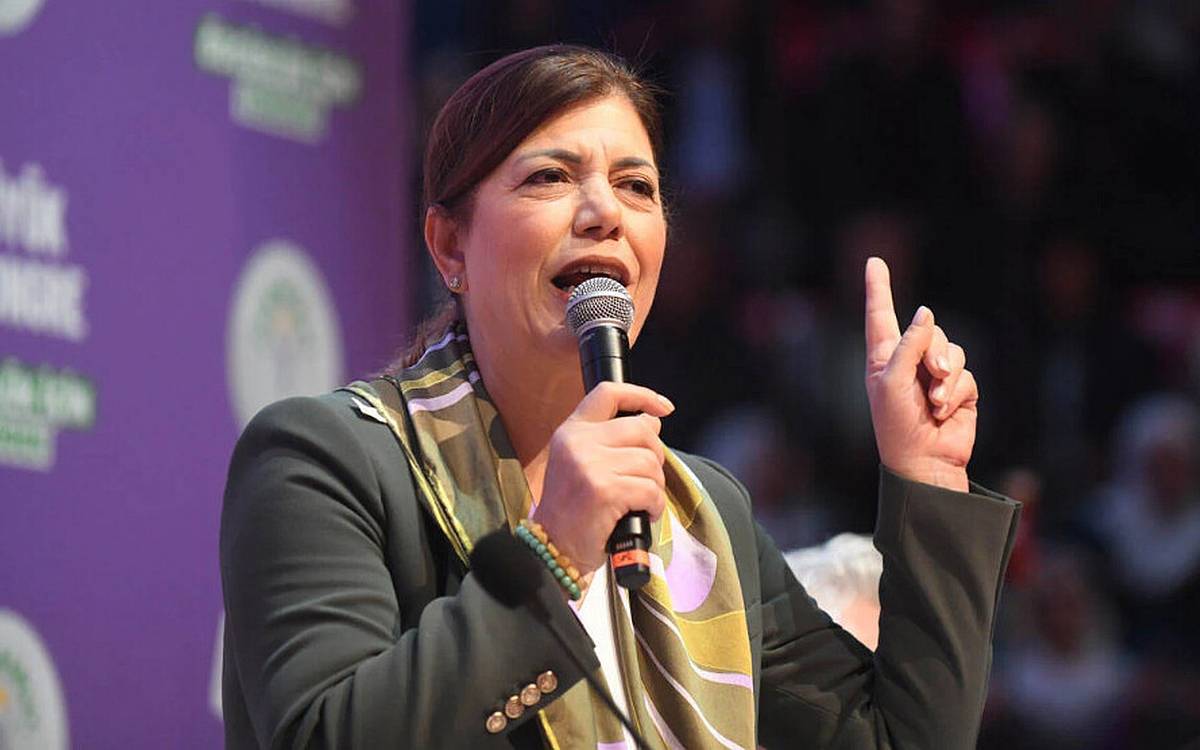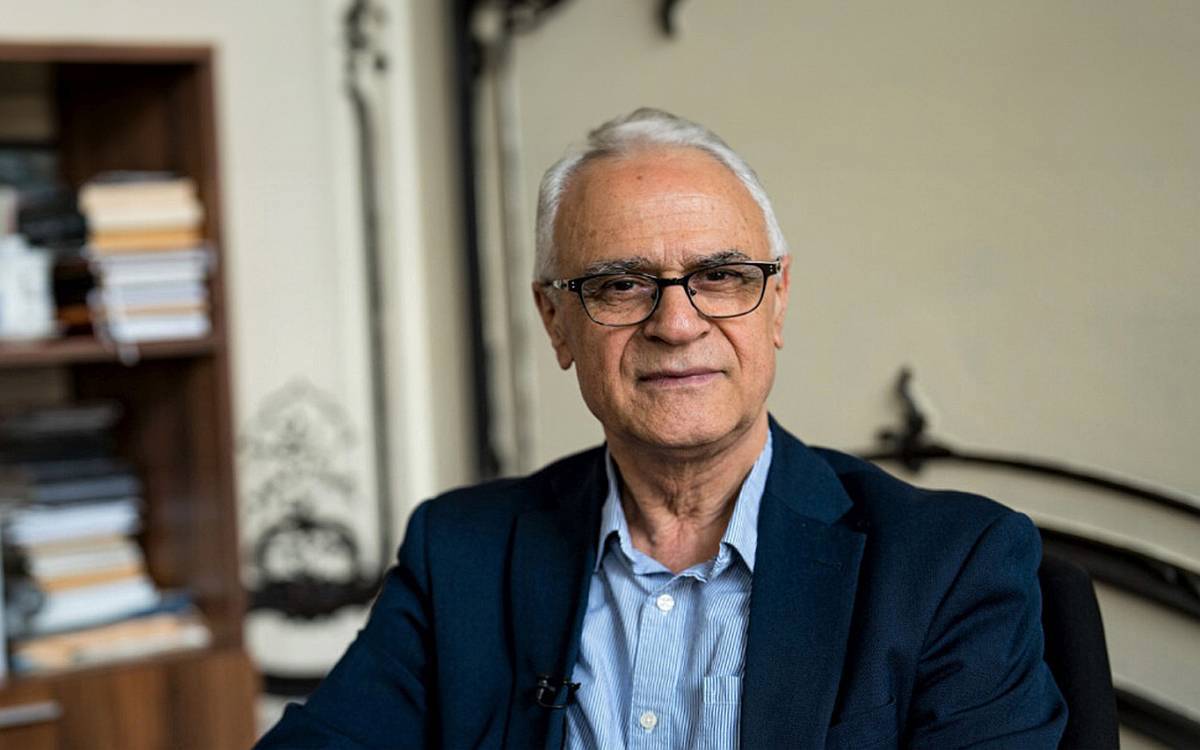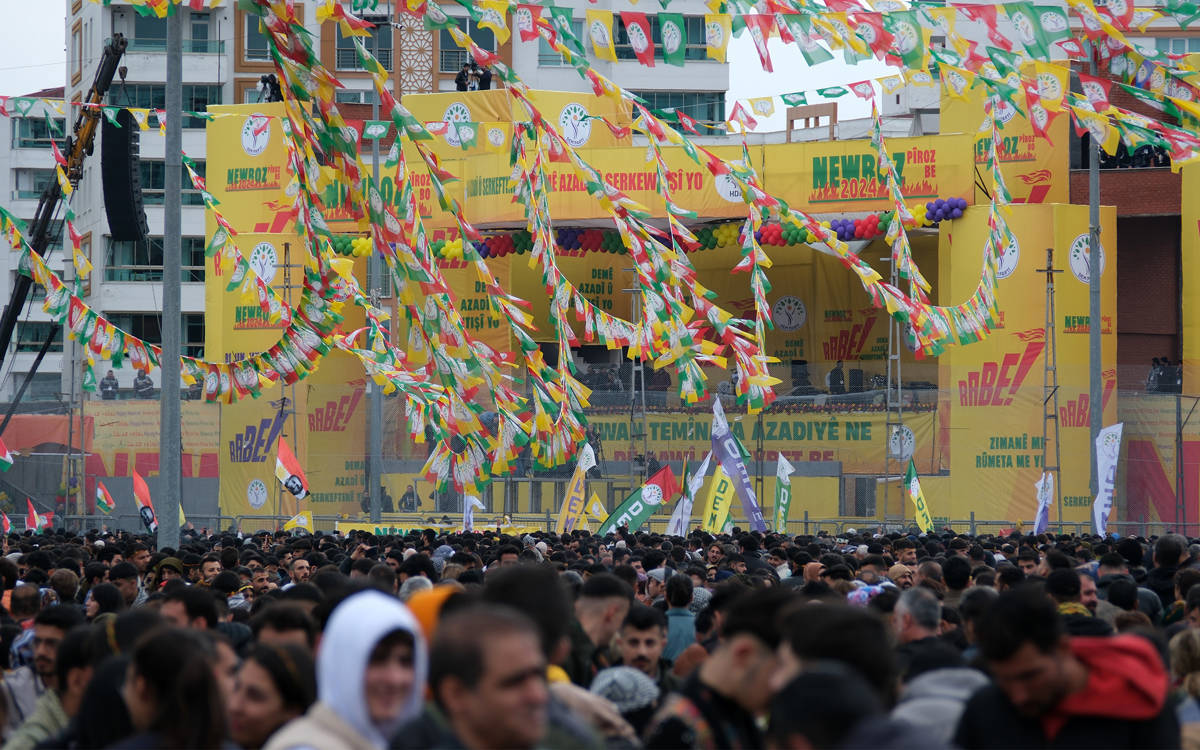Click to read the article in Turkish
The Court of Cassation upheld the aggravated life imprisonment sentence given to Mazlum İçli on charges of killing Yasin Börü during the Kobanî incidents on October 6-8.
Despite evidence showing that İçli was attending a wedding in a village 140 kilometers away from Diyarbakır on the day of the incident, the Supreme Court ruled in its decision dated August 16 that there is no "contradiction to law" regarding the ruling of the court of first instance in relation to İçli who is imprisoned since the age of 14.
Mazlum İçli's lawyer, Mahsuni Karaman, explained to bianet how İçli became a defendant in the case, the trial process, why a conviction was handed down despite the evidence, and the Court of Cassation's decision.
Lawyer Karaman emphasized that the approval of İçli's sentence is related to the Kobanî Trial. He added: "It's important to remember that Demirtaş and his political colleagues are arrested and standing trial for inciting these murders in the Kobanî case. The actual perpetrators of these murders must be identified, and their guilt must be confirmed by a court ruling in order to hold those who incited them accountable. That's the crux of the matter. In essence, there was interfering in this trial as part of the preparation to sentence politicians in the Kobanî trial, and these decisions have been upheld. Mazlum became the scapegoat of this case."
"The court doesn't even investigate witness statements"
First of all, why has Mazlum İçli become a defendant in this case?
In December 2014, an individual named S.Ç. was detained and underwent an identification process through photos. However, no lawyer was appointed for this individual during the identification process and while obtaining statements. This person identified over 30 individuals from the list of people with police records. Mazlum was among those identified.
As a result, Mazlum was arrested a few days later. In his statement, Mazlum indicated that he was not in Diyarbakır on October 7, 2014, the day of the incident. He stated that he was attending a wedding in the Kulp district with his father and brother, and provided his mobile phone number as well. However, this did not prevent Mazlum from being arrested.
After the case was opened, call records (HTS records) of Mazlum's phone were obtained, and a forensic examination conducted in 2015 confirmed that Mazlum's mobile phone signal was active in the Kulp and Lice districts on October 7, 2014. Despite this evidence, the court, unfortunately, did not investigate his statement that he was at a wedding in Kulp.
The court commissioned an examination of the footage from the incident and included a report prepared by a single person indicating that one individual in the footage "likely" could be Mazlum.
During the trial, S. Ç., who had provided identification statements about Mazlum and others, denied providing these statements and accepting them.
Ultimately, in 2017, the court issued a guilty verdict against Mazlum who in fact stated that he was at a wedding in Kulp on October 7, 2014, also confirmed by call records showing he was in Kulp.
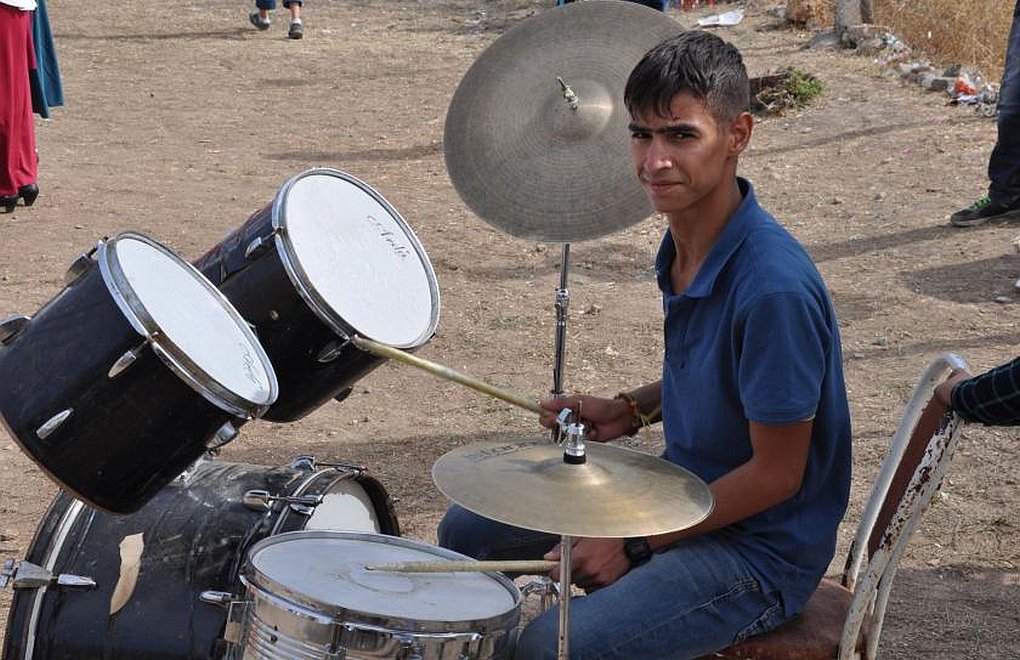
A photograph of Mazlum İçli at the age of 14 before he was arrested
Despite HTS records, camera footage, and witness statements, did the prosecutor not listen to any witnesses during the trial?
After I took over Mazlum's defense in 2020 and became involved in the trial, I noticed that the court had not investigated Mazlum's statement that he was "at a wedding in Kulp" on the date in question.
In 2020, after taking over as Mazlum's attorney, we managed to obtain wedding video footage from October 7, 2014, at the Keçiveren Hamlet in Demirli Village in the Kulp district.
A forensic examination was carried out to determine whether the person in the wedding footage -playing the drums, dancing, and collecting money scattered on the ground- was Mazlum. As a result of this examination, it was conclusively determined that the individual in the video was Mazlum.
The court also asked the Kulp District Gendarmerie whether a wedding had taken place in the mentioned village on October 7, 2014. The Gendarmerie conducted an investigation and reported that the wedding of an individucal with initials M.B. had indeed taken place.
A site inspection was conducted at the wedding venue to examine the seasonal characteristics of the trees in the video, and a report concluded that the condition of the trees matched the seasonal features of October. This report confirmed that the venue in the video was the same as the one inspected.
The court also listened to the groom, M.B., who identified Mazlum as one of the people attending the wedding and confirmed that Mazlum had arrived at the wedding with his father and brother.
Furthermore, the court interviewed the taxi driver who transported Mazlum, his father, and his brother to the wedding venue. The taxi driver stated that he drove them to the wedding and brought them back to Diyarbakır the next day. The court inquired about the taxi driver's history of providing taxi services in the Kulp district, and the response indicated that the driver had been operating a taxi between 2012 and 2015 in the Kulp district.
HTS records were re-examined, and a report confirmed that the mobile phone numbers associated with Mazlum, his father, and his brother were active in the Kulp district on October 7, 2014.
"The court ignored all evidence"
The prosecutor stated in 2021 that there was not enough concrete evidence for conviction, and shortly after that, presented a contradictory opinion. How do you interpret this inconsistency?
Based on all of this evidence, the Prosecution prepared a four-page opinion in favor of acquitting Mazlum in 2021.
However, in a subsequent hearing a month later, the Prosecution changed its opinion and requested a sentence for Mazlum.
On the same day, the court ordered a stay of execution and his release. On the same day, the Prosecutor objected to this decision.
Again on the same day, the Ankara 3rd Heavy Penal Court accepted the Prosecutor's objection and revoked the previous decision.
Approximately two months later, the same court that had previously ordered a stay of execution and his release decided to sentence Mazlum.
The court, ignoring all the evidence, handed down a verdict based on a fabricated identification and a "probable identification."
"Interference extended up to the Court of Cassation"
So, what happened and why? How were HTS records, camera footage, and witness statements disregarded, and why did the court ignore all of that?
The local court initially had no doubts about Mazlum's innocence, which is why they ordered a stay of execution and his release. However, first, the Prosecutor's opinion changed, then the court's decision was revoked, and a new decision was imposed.
The interference that began at the local court level extended up to the Court of Cassation, as indicated by strong indicators.
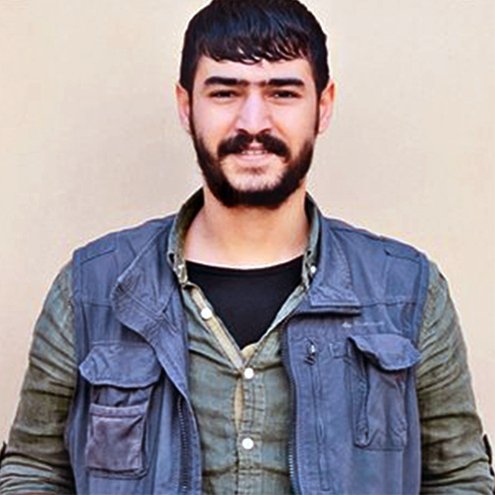
Mazlum İçli is 21 years old in this photo. (Silivri Prison)
What are these indicators?
There are around 14-15 people who were sentenced based on the identification statements of S.Ç. If the court had ruled against these identification statements in Mazlum's case, the other convictions would have become questionable as well. The legitimacy of this trial, which has been exploited around the Yasin Börü case, would have been lost. This would have also affected other trials.
"Kobanî Case is the whole issue"
*Is it the Kobanî Case that you referenced in your social media post?
Yes; first and foremost, it's important to remember that in the Kobanî trial, Demirtaş and his political colleagues are arrested and standing trial for inciting these murders. The actual perpetrators of these murders must be identified, and their guilt must be confirmed by a court ruling in order to hold those who incited them accountable. That's the crux of the matter. In essence, interference occurred in this trial as part of the preparation to sentence politicians in the Kobanî trial, and these decisions were upheld.
Let me provide a detail: In the Kobanî case, the prosecutor presented an indictment on April 14, 2023, seeking penalties for Demirtaş and his colleagues for inciting the murder of Yasin Börü. However, the verdict on the primary perpetrators of Yasin Börü's murder had not yet become final. We now learn that shortly after this indictment was presented on April 14, the Court of Cassation issued confirmation decisions on May 25 and May 31 in these cases. The timing alone indicates a coordinated effort. In short, Mazlum became the scapegoat of the Kobanî case. Actually, it doesn't even matter if the perpetrator is Mazlum; they just need a perpetrator to impose a sentence.
"If the Constitutional Court had ruled, the outcome would have been different"
You mentioned that you have applied to the Constitutional Court. What do you think the Constitutional Court's decision will be, and what will you do if they rule differently than expected?
The verdict against Mazlum has become final. As of August 16, we submitted an individual application to the Constitutional Court. We had previously submitted applications in 2020 and 2021 as well. Unfortunately, no decision has been reached yet. However, if the application submitted in 2020 had been taken up by the Constitutional Court and a decision had been made, we would not be facing this confirmation decision today, and the dirty political interference in these trials would not have prevailed.
Apart from the possibility of consolidating these three cases before the Constitutional Court, there is no other legal remedy at the moment. We hope that the Constitutional Court will rule that there is a violation. Otherwise, there is nothing to be done: it seems we will have to recite a prayer for the already recited judicial system.
Turning to the European Court of Human Rights (ECHR) might be the last resort. However, Mazlum, who was around 14-15 years old when he was implicated, is now a young person aged 23-24. Hopefully, we will achieve a fair outcome for Mazlum before he reaches middle age. (RT/PE)





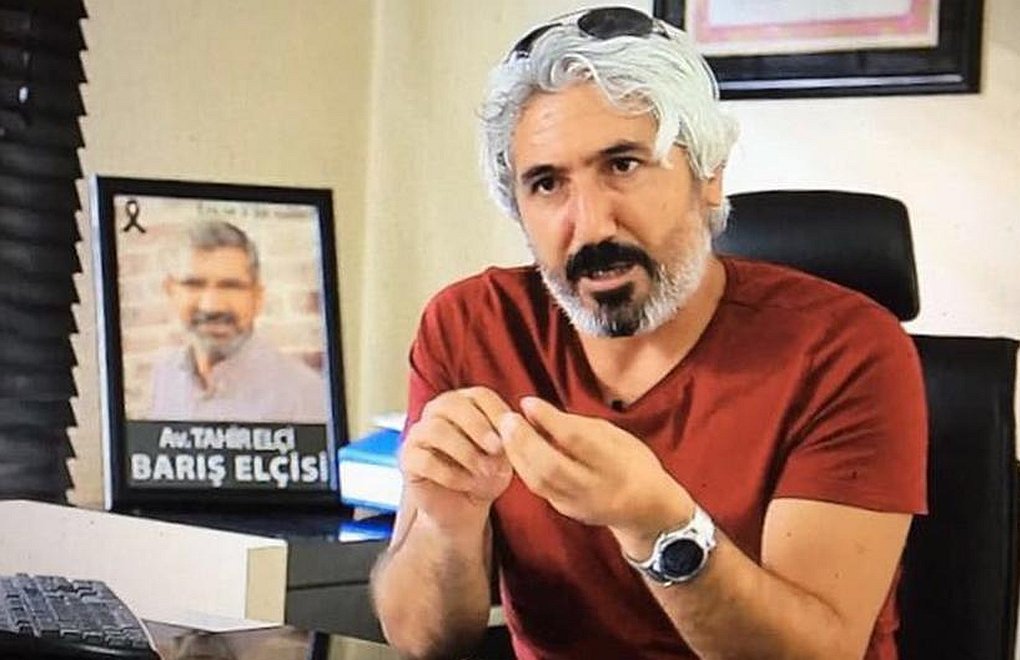

.jpg)
.jpg)
